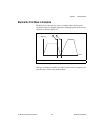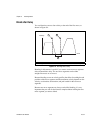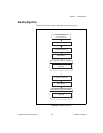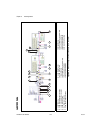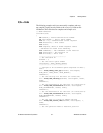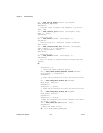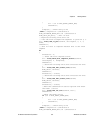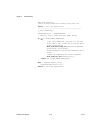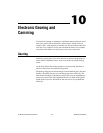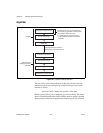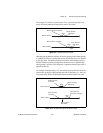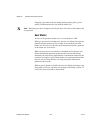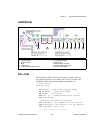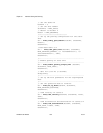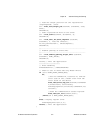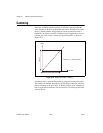
© National Instruments Corporation 10-1 NI-Motion User Manual
10
Electronic Gearing and
Camming
Use electronic gearing or camming to synchronize the movement of one or
more slave axes to the movement of a master device, which can be an
encoder, ADC, or the trajectory of another axis. The movement of the slave
axes may be at a higher or lower gear ratio than the master. For example,
every turn of the master axis may cause a slave axis to turn twice.
Gearing
Electronic gearing allows one slave motor to be driven in proportion to a
master motor or feedback sensor, such as an encoder or torque (analog)
sensor.
As the slave follows the master position at a constant ratio, the effect is
similar to that of two axes mechanically geared.
Electronic gearing has several advantages over mechanical gears. The most
notable is flexibility because you can change gear ratios on-the-fly. The
other major advantage to electronic gearing is that you can superimpose a
move over a geared axis. The superimposed move is added to the geared
profile of the slave axis, which allows the slave axis to be synchronized
on-the-fly.



